
In 1980, a 5.1-magnitude earthquake awakened Mount St. Helens volcano in Washington State. In response to the lava, ash, and debris that devasted the city, scientists placed gophers in specific areas around the volcano. The gophers were let loose for only one day, but their effect on restoring ecosystems was felt four decades later.
The Aftermath
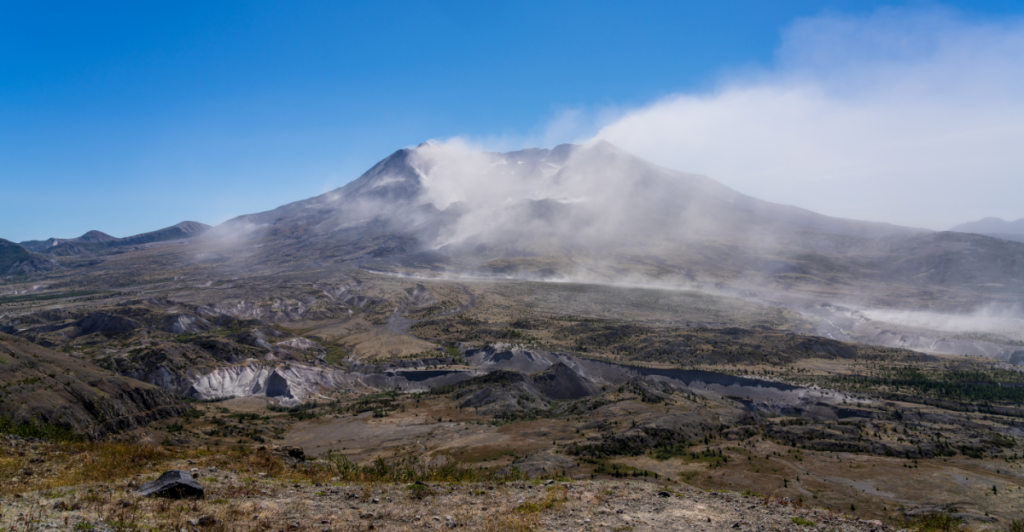
As one of the most catastrophic volcanic events in U.S. history, Mount St. Helens eruption blew out the mountain’s north flank, obliterated roughly 135 square miles of forest, and decimated the surrounding ecosystems, leaving behind a barren landscape coated in ash. Since the soil in the area was found to be completely infertile, the regrowth of plant life and animal ecosystems was nearly impossible.
The Gopher Experiment
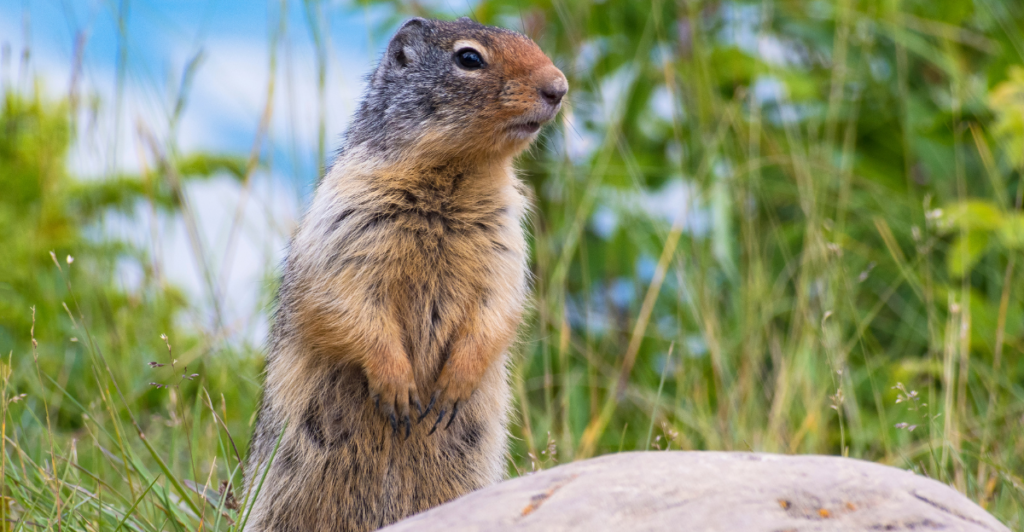
Scientists introduced pocket gophers into the devastated landscape two years after the volcano’s eruption. These small rodents, often viewed as pests, are known as “ecosystem engineers” due to their effects on habitats. Scientists hypothesized that gophers would play a crucial role in soil recovery by digging up beneficial bacteria and fungi buried beneath the ash.
The Role of the Pocket Gophers

Gophers are known to burrow underground, moving substantial amounts of soil—up to a ton per year—and bringing vital microorganisms closer to the surface, where they can facilitate plant growth. This impact on soil structure and nutrient distribution means that they could potentially render infertile soil fertile again, allowing for new growth.
What the Gophers Did in Just 24 Hours
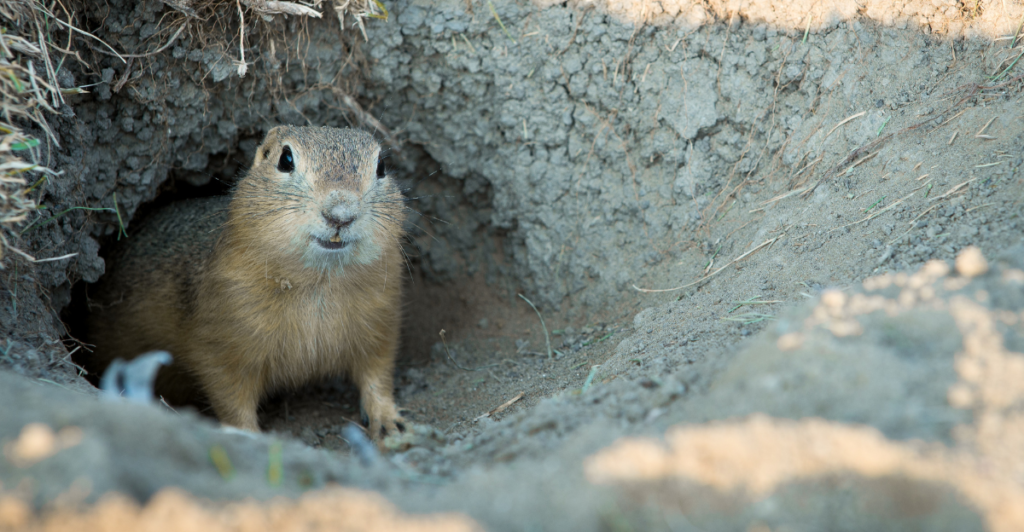
The gophers were taken from their home on the south side of the volcano, moved to the northern side, and left alone for just 24 hours. Then, they were captured and returned to their natural home. Scientists found that the soil no longer contained carbon or nitrogen after the gophers dug up the pumice.
Immediate Effect

When introduced to their temporary habitat, the gophers immediately began digging. In doing so, they aerated the soil and mixed spores and fungi from their droppings. By sampling life-supporting material from their natural habitat, they increased the soil’s fertility, allowing new plants to grow and flourish.
Long-Term Observations

Six years after the gopher experiment, researchers returned to find that the area where the gophers had been introduced was teeming with life. Approximately 40,000 plants had established themselves in these areas. This starkly contrasted the immediate areas where the gophers did not dig, which stood desolate.
Mycorrhizal Fungi

The gophers brought with them and spread a game-changing fungus called Mycorrhizal fungi, which form mutually beneficial relationships with plant roots. The fungi help plants by enhancing nutrient uptake and protecting against pathogens and stress, while the plants support the fungi by providing sugars generated via photosynthesis. Without these fungi, new plant growth would not have been as successful.
Gophers as Unlikely Environmental Heroes
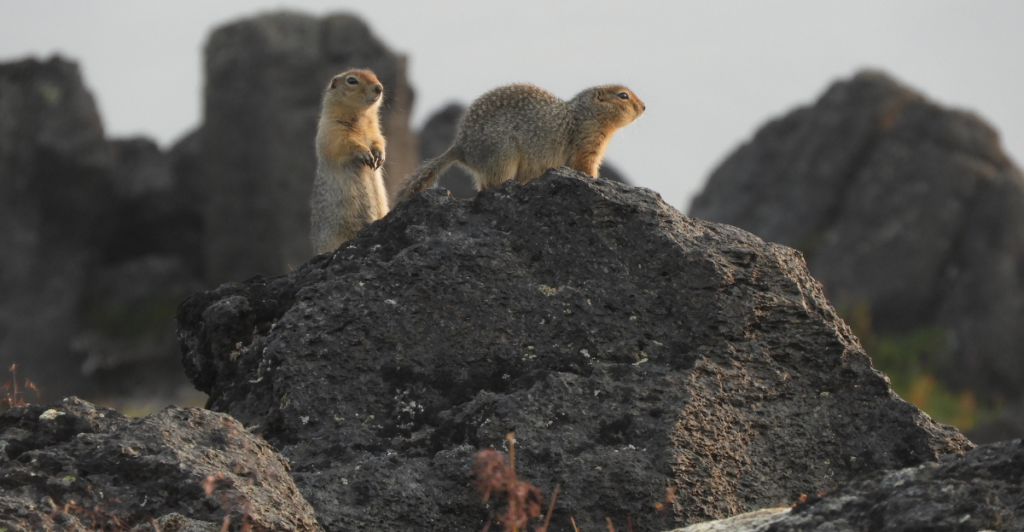
Gophers are now being hailed as environmental heroes. Michael Allen, a biologist at the University of California, said, “Who would have predicted you could toss a gopher in for a day and see a residual effect 40 years later?” As nature’s simple farmers, gophers have taught the world that new ecosystems can be established by digging into infertile ground and placing local spores and soil from other ecosystems.
Mount St. Helens’ Recovery

40 years later, studies show that the effects of this single day of gopher activity continue to influence the ecosystem positively. Allen and other researchers published last year’s paper in Frontiers in Microbiomes, which explained that areas where the gophers were released now “harbor more diverse bacterial and fungal communities than the surrounding old-growth forests.”
Lessons Learned from Nature
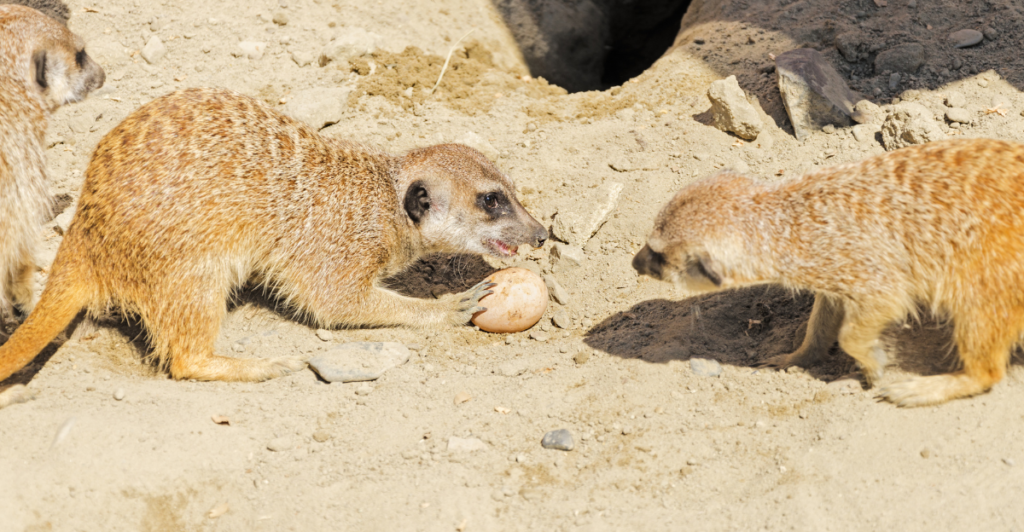
The gopher experiment provides broader implications for ecological restoration worldwide. By introducing native species that inherently modify their environment, a new strategy for restoring damaged ecosystems has been found and proved effective. While the soil might still be considered young, the area’s comeback is still an environmental conservation achievement that proved that nature is far more resilient than we previously thought.
Future Research

Some scientists, such as Miranda Hart, a biologist at the University of British Columbia, question the longevity of the results. She posits that building rich soils takes a long time—longer than the 40 years since the gopher experiment: “Those are still fresh, baby, newborn soils.” With this in mind, researchers can examine the long-term viability of newly built ecosystems and how soil organism interactions can aid restoration strategies.
The Lasting Legacy of Pocket Gophers

The pocket gophers’ contribution to Mount St. Helens’ recovery highlights the importance of every species within an ecosystem and offers hope for recovery even after catastrophic events. The experiment proved that out-of-the-box thinking can help us face environmental challenges and create innovative solutions to catastrophic events.
Discover more of our trending stories and follow us to keep them appearing in your feed

California Is Breaking Apart: A Fault Line Is Forming Faster Than Anyone Predicted
Concerns Mount as Largest Dolphin Pod Ever Recorded Headed For California
The War on Cows Is Over—And Green Extremists Have Lost
Scientists Are Bringing Back The Wooly Mammoth
References:
Reference 1
Reference 2
Reference 3
This article first appeared here
Stay connected with us for more stories like this! Follow us to get the latest updates or hit the Follow button at the top of this article, and let us know what you think by leaving your feedback below. We’d love to hear from you!







